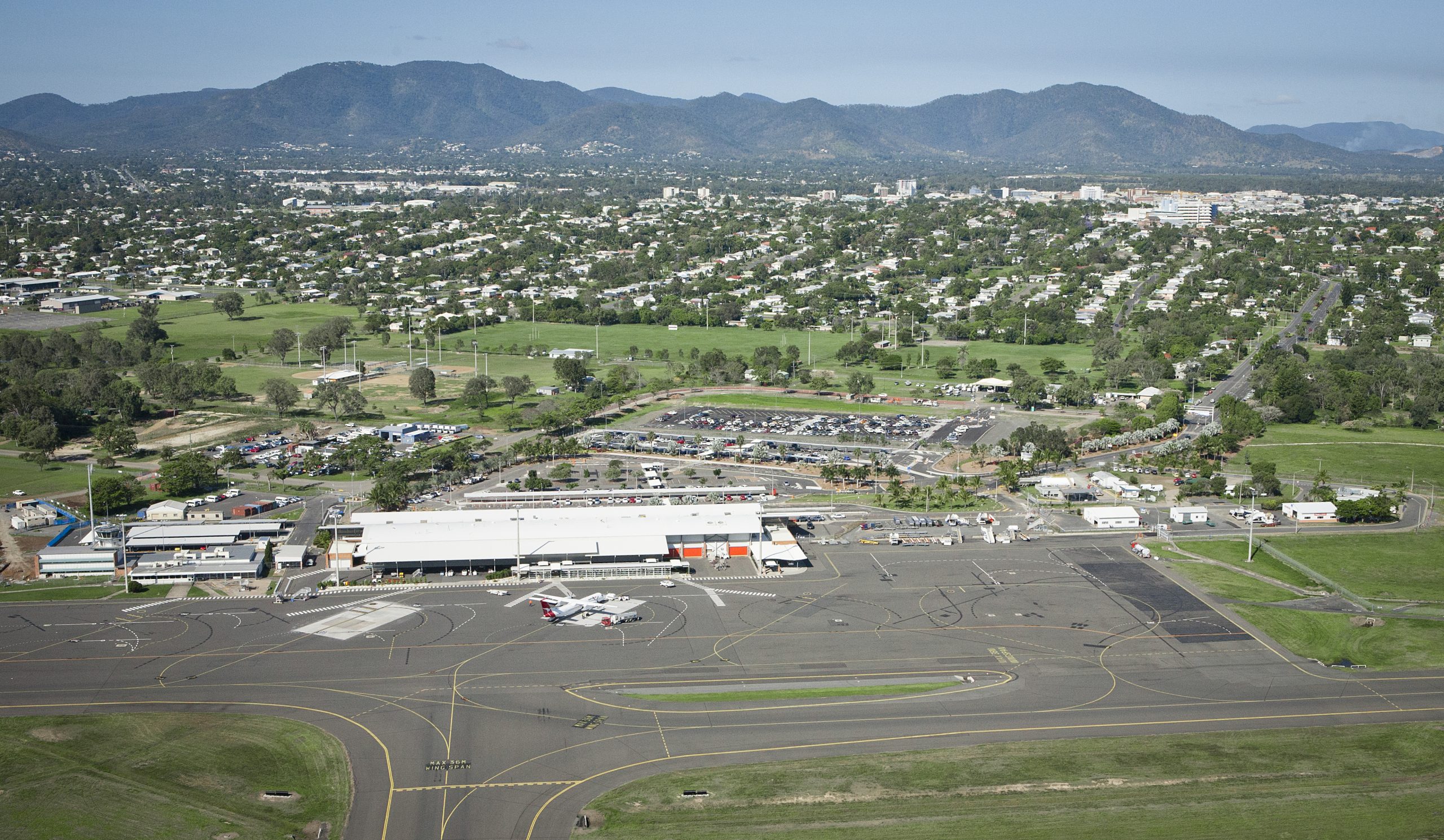Regional connectivity has been identified by all our members as a key priority, with high-performing regional airports identified as a key aspect of strong regional capital cities.
During our member survey on this issue, it has been shown that regional airports provide different roles; acting as emergency service hubs, facilitators of tourism and supporting a mobile workforce.
Whilst providing key services to many diverse regional capital cities and their communities, fundamentally many regional airports face funding challenges. The Australian Airports Association (AAA) advises there is an expected minimum deficit of $170 million across regional city airports projected over the next 10 years. This deficit primarily relates to critical maintenance for existing infrastructure, such as the deterioration of WWII-era runways. It does not include the increased maintenance and operational costs associated with comprehensive security upgrades.
Unlike the road and rail infrastructure required to connect regional cities, the vast majority of regional airports are owned by local government. The profitability of regional capital city airports varies greatly for our members. Unsurprisingly, regional airports that operate in a for-profit model exist where the airport has high volumes of business and tourism travel. It is clear from our research that while regional airports that do not operate in this context are still vital for the economic development of the city and region, the ongoing maintenance and operation costs of this can however be a drain on local government resources.
Whilst there are a number of relevant Federal Government funds available for regional airports such as the Regional Aviation Access Program and the Remote Airstrip Upgrade Programme, funding is ad hoc and insecure. Recent funding allocations to regional airports via the Building Better Regions Fund, the Regional Growth Fund and the recently established Regional Airport Security Screening Fund, cover only a small portion of the need.
The case for investment in regional airports is a strong one, backed by evidence of increased economic productivity and connectivity for the regions. Tourism, for example, is a key economic driver for regional airports, with regional Australia accounting for 45% of Australia’s tourism industry. Approximately 50 cents in every dollar spent in regional Australia stays in regional Australia.
Beyond the role of servicing local communities with a range of services, regional airports play a vital role in the broader Australian economy, enabling Fly in Fly Out (FIFO) workforces access to remote areas. FIFO supports employment in neighbouring regional capital cities as well as metro cities. Same day business travel to and from the regions also contributes to mobility and connectivity of the regions for business and employment opportunities.
Further investment in regional airports could deliver dividends if emerging opportunities are explored, such as the future of high-value air-freight export markets. In 2011-12, Australian airports facilitated over 750,000 tonnes of high-value and time-sensitive freight worth over $110 billion. Whilst the bulk of these exports went via airports in major capital cities, the expansion of freight capacity at regional airports to enable them to export directly to market is currently being developed and with the right investment, presents an opportunity for economic diversification and success.
Along with funding to undertake feasibility studies and the expansion of airfreight capacity, regional airports urgently need funding for core infrastructure work.
Further issues relating to regional airports are being explored under the current Federal Senate Inquiry into the ‘Operation, regulation and funding of air route service delivery to rural, regional and remote communities’ by the Rural and Regional Affairs and Transport References Committee. The final report which was due to be released by 30 March 2018 has been delayed twice until 27 June 2019.
In a recent hearing, the Committee was informed of challenges relating to the cost of airfares in regional areas. The Committee heard from a number of regional stakeholders who shared the debilitating effect on the regions, businesses and communities through prohibitive and costly airfares.
The prohibitive cost of flying for regional and remote communities has been acknowledged by the WA government. A trial currently underway between Qantas and the WA government to provide discounted airfares and increase accessibility across the state has just been expanded. The trial is being extended to the WA towns of Broome, Karratha, Kalgoorlie, Newman, Paraburdoo and Port Hedland. Qantas has just announced that fares as part of this program will now be discounted by 20 to 30 per cent off, for up to 12 return flights per resident a year.
RCA will continue to investigate the potential for regional airports with our member cities, with a view to developing a clear policy position on this issue. If you are an RCA member and would like to have your say on this issue please reach out to our secretariat on 03 8658 5715 or via email secretariat@regionalcapitalsaustralia.org
